Walk the old Tokaido from Mishima to Yoshihara
| Travel Reports by sparringenthu | view profile of sparringenthu |
| previous post |
| next post |
| Note: The opinions and views expressed in this user report are those of the individual author and do not necessarily reflect the opinions and views of japan-guide.com. |
January 14, 2014 - Walk the old Tokaido from Mishima to Yoshihara
I submitted a report of hiking along the old Tokaido from Hakone(箱根) to Mishima (三島) the other day.
This time please let me show you the next report of this trail, from Mishima to Yoshihara(吉原).
Yoshihara in this report is not the town in Tokyo but Shizuoka, please do not misunderstand.
There are many towns named Yoshihara in Japan(same as "Ginza"),the most famous one is in Taito-ku, Tokyo.
The reason of its famousness is not described in this report for some reason...I hope you inspect it by yourself if interested.
Anyway, lets get started from Mishima taisya(三島大社, Mishima shrine)!
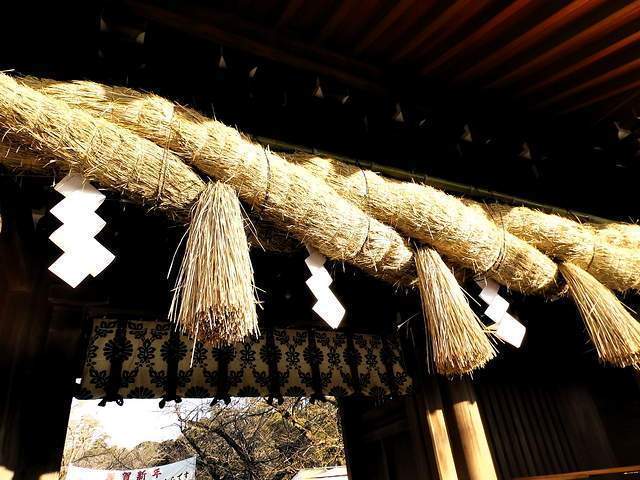
From the main entrance of the taisya, go west.
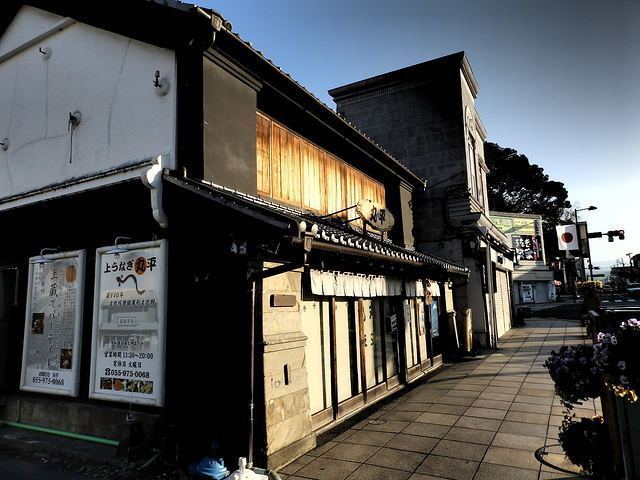

Crossing the railroad at Mishima-Hirokouji (三島広小路) station makes a criterion that you are taking right way.
If wanting to avoid a walk through this commercail area, to take a local bus from Mishima station bus terminal (platform No.1) for Numazu station via "Kyudo" (旧道, the old path) is the most practical alternative.
This bus operated by "Numazu Tozan Tokai Bus (沼津登山東海バス)" leaves every 30 minutes and its fare is proportional to the distance traveled (NOT flat as the city bus in Kyoto or Tokyo). Please not forget to pick up number-printed ticket next to the driver when boarding the bus. To find your fare, match the number on your ticket with the one on the fare indicator hung above the windshield. Taking a local bus especially in suburbus sounds a challenging, but worth a try!
In this case, you are supposed to pay only 170 to 350 JPY around.
Bacause this bus mostly runs along the old Tokaido, any bus stop you get off, you can start to hike there.
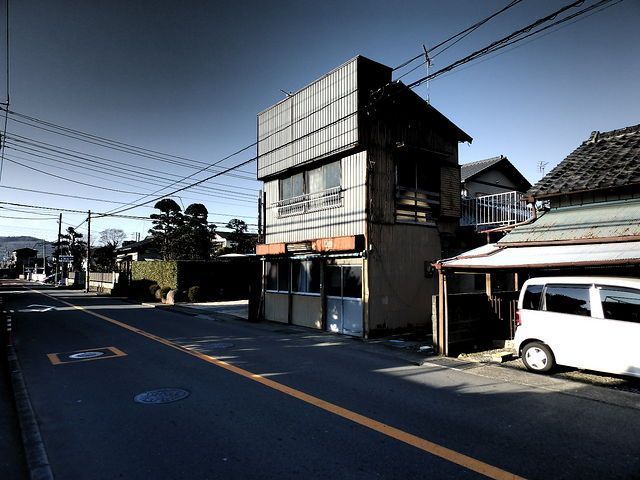
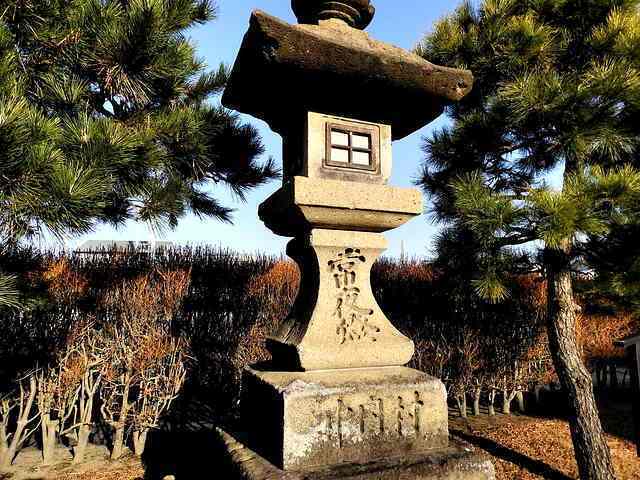
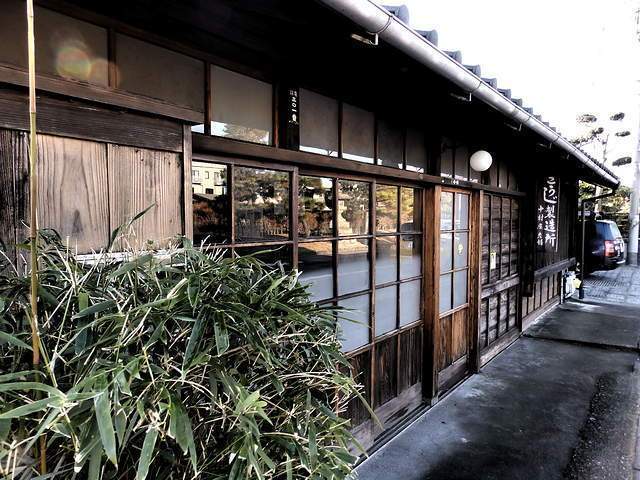
Ichiri-zuka (I mentioned its meaning in my former posting "Walk along the old Tokaido from Hakone to Mishima") shows you that you have not lost your way yet.
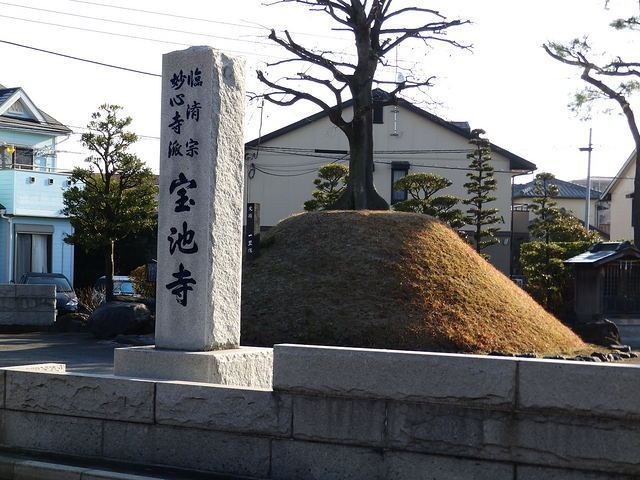
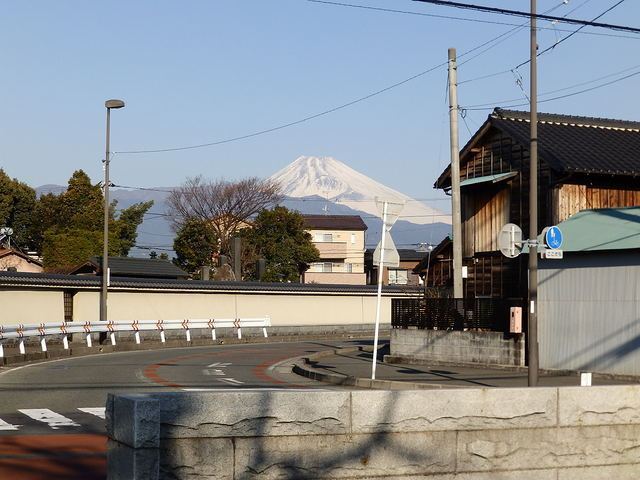
Yahata Jinja (八幡神社, Yahata shrine) is near Yahata carrefour, 3 km west from Mishima taisya. This jinja is famous for a pair of small rocks where they say Minamoto Yoritomo (源頼朝) who established Kamakura Bakufu (鎌倉幕府), the first Samurai's government in Japan, and his younger brother Yoshitsune (源義経) met together after a long long time in 1180.
Yoritomo had been confined in Izu peninsula since his childhood as a sort of hostage by Heike-clan, long prennial foe of Minamoto-clan.
When Yoritomo escaped from Izu and tried to gain revenge against Heike, Yoshitsune joined to help his old brother here.
Finally Minamoto troops defeated Heike at Dannoura (壇ノ浦), Yamaguchi prefecture, then established their own system of dominancy, but Yoshitsune was killed by Yoritomo because the older scared his young brother's explosive popularity among Samurais of his new government.
This is the reason that Yoshitsune is still popular among Japanese and many people until Edo era believed that Yoshitsune really had fended off Yoritomo's sword and sucessfully escaped to Mongolia, then became "Genghis Khan"!
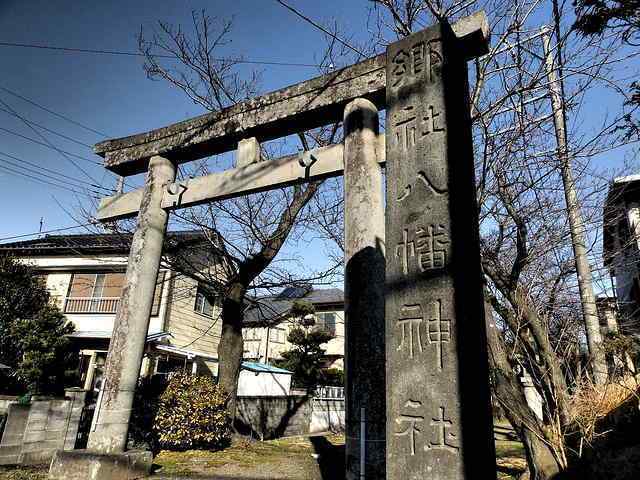
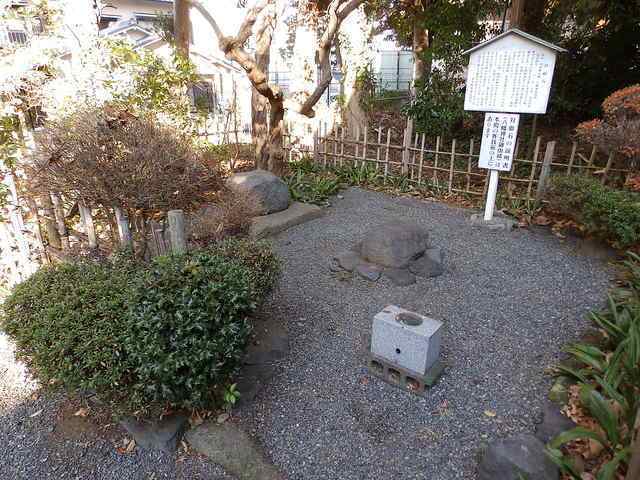
By coincidence, there are many Zen (禅) temple along the Tokaido this area. The way of thinking of Zen that values the spirit of loyality and simpleness matched warrior rule perfectly. As an apparent result of it, Zen boomed in Kamakura era and influenced to each aspect of life at that time. You can find an appropriate example. Most temple in Kamakura city (mostly established during the era of Kamakura Bakufu) has spartan style as opposed to huge and ornate decorated temples in Kyoto where domionated by aristocrats so long. Temples in this area is obviously belonged to Kamakura style.

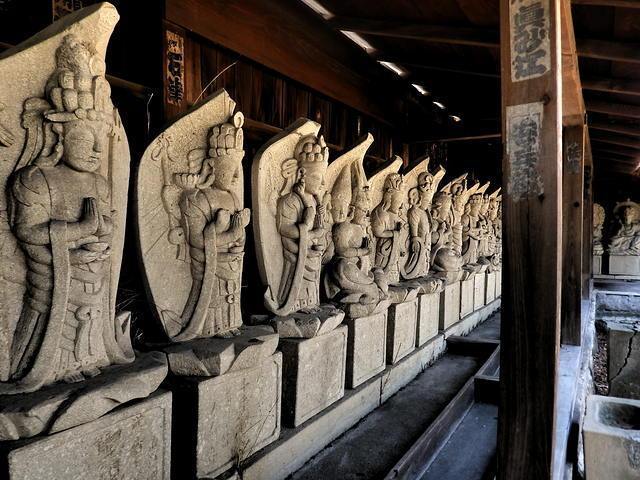
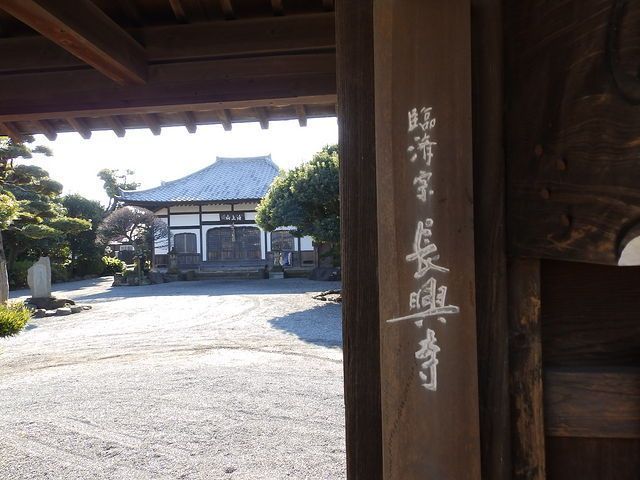
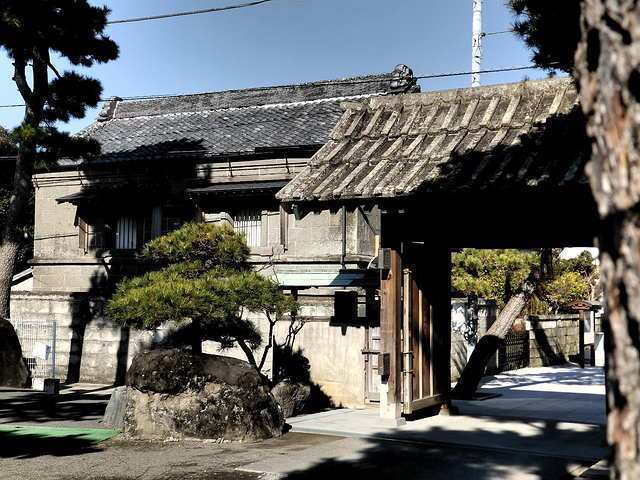
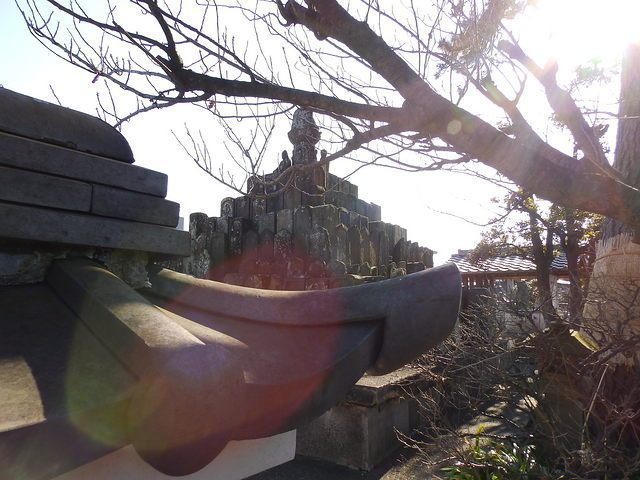
If you have some sense of Japanese history, you may find that south side of the Tokaido there are many Zen tmeples but north side there are Shrines instead.
As you know, Buddhism came from China in 7th century and many temples were constracted as the base of propaganda activities of it.
On the other hand, shinto that worshiped by shrines originally descended from old folk religion that adored mainly huge natural object like a big tree, high fall, and etc...
What is the biggest natural object in Japan?
The answer is Mt. Fuji.
You find many "Asama (浅間) Jinja (shrine)" which mythologized Mt. Fuji as their God.
This is the reason there are many shrines on the north side of the old Tokaido. From their backyard you can see the ancient God.
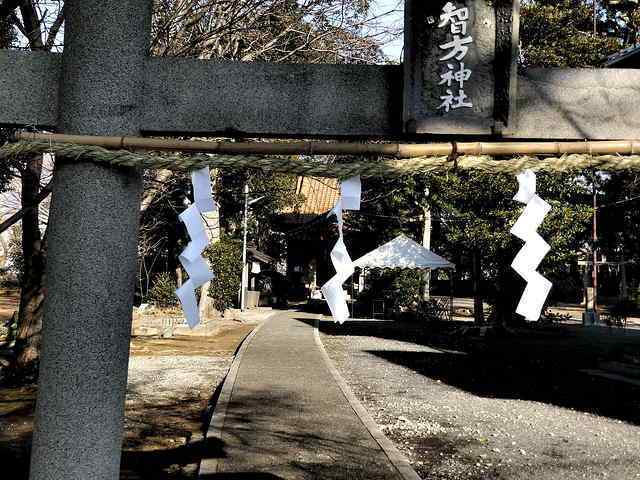
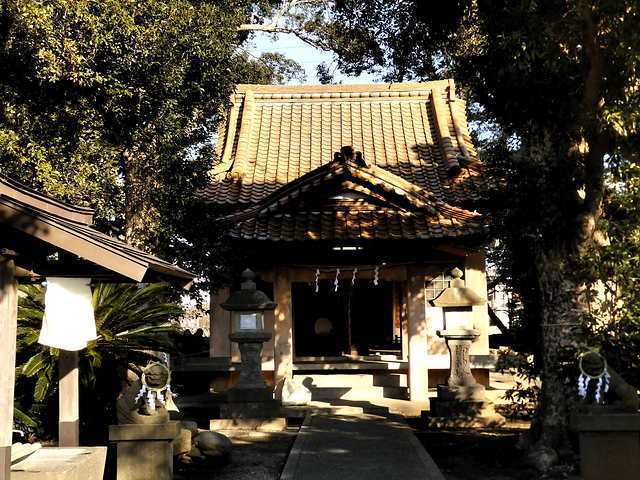

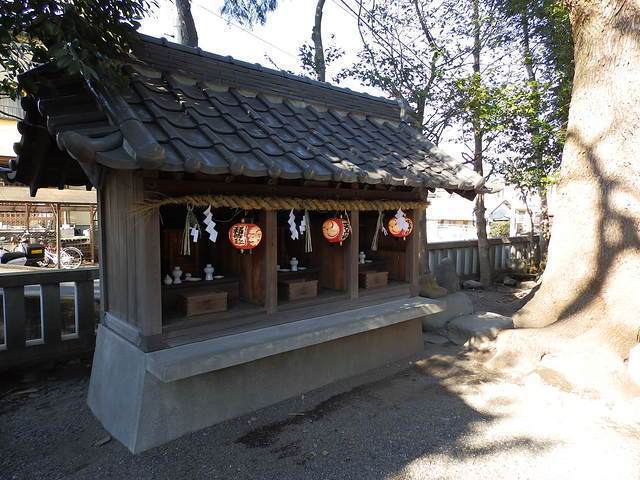
If you feel tired of walking, how about taking a rest at local teahouse?
Below is the coffee shop near Hara station. The old warehouse survived from Edo era was renovated.
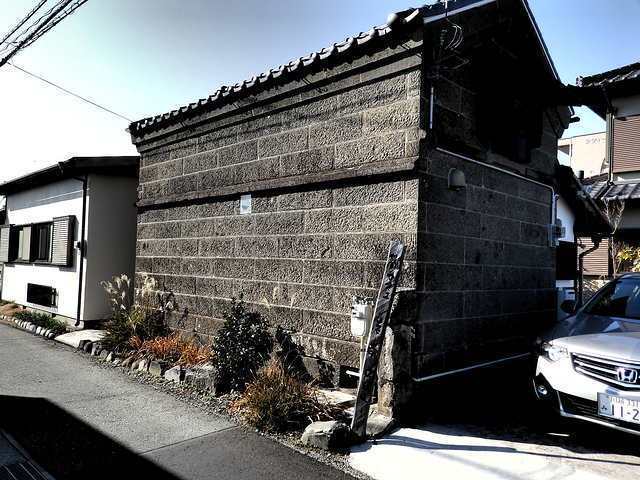
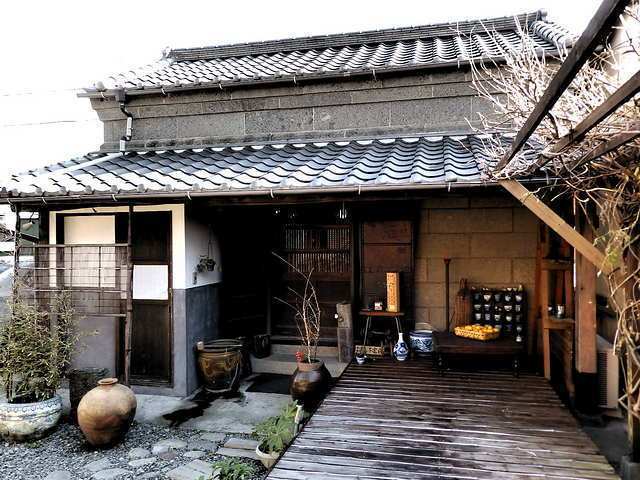
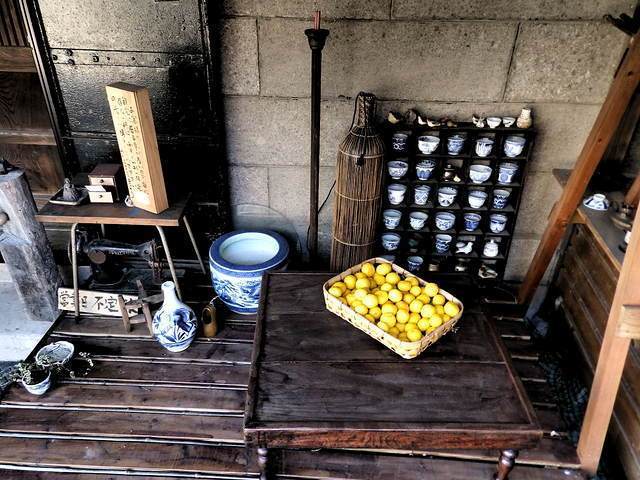
20km walk from Mishima, you get to Yoshihara-shuku (old post town), today's goal.
Yoshihara nowdays is the town of huge pulp factories.
This kind of mixture of old and new is one of typical landscapes in Japan!
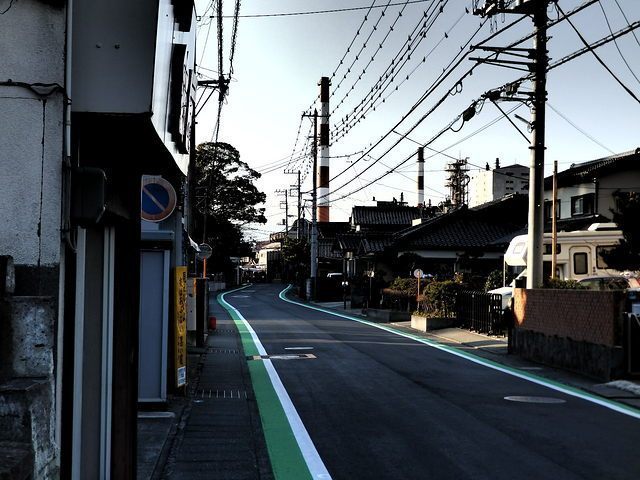
| previous post |
| next post |
|
List of Posts:
2014/07/04 - Where Heda? 2014/03/24 - Walk the old Tokaido from Kakegawa to Hamamatsu 2014/03/21 - Walk the old Tokaido from Fujieda to Kanaya 2014/03/21 - Walk the old Tokaido from Kanaya to Kakegawa 2014/03/20 - Walk the old Tokaido from Shizuoka to Fujieda 2014/03/19 - Walk the old Tokaido from Okitsu to Shizuoka 2014/01/30 - Matsuzaki, an old fashioned small port town 2014/01/20 - Walk the old Tokaido from kanbara to Okitsu 2014/01/14 - Walk the old Tokaido from Mishima to Yoshihara 2013/12/16 - Walk along the old Tokaido from Hakone to Mishima |
